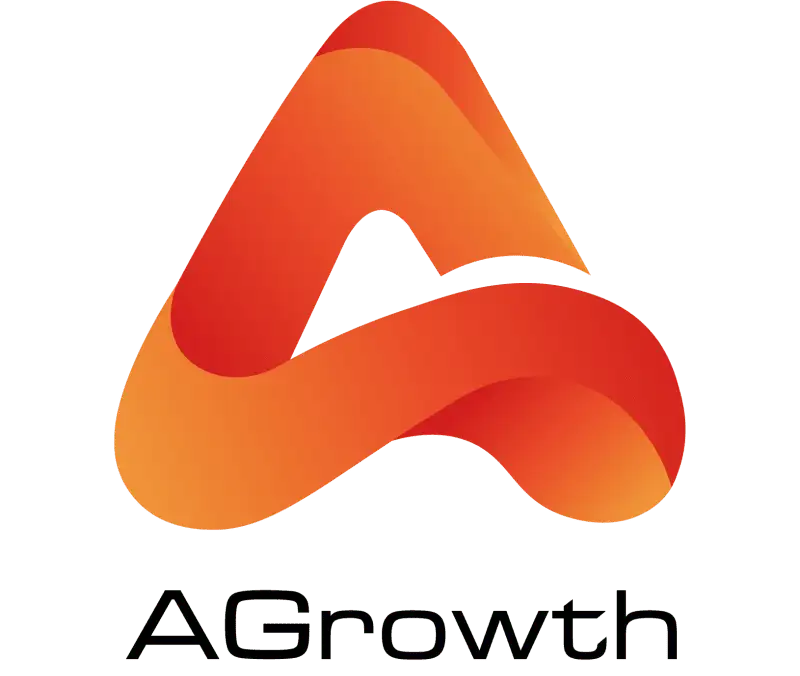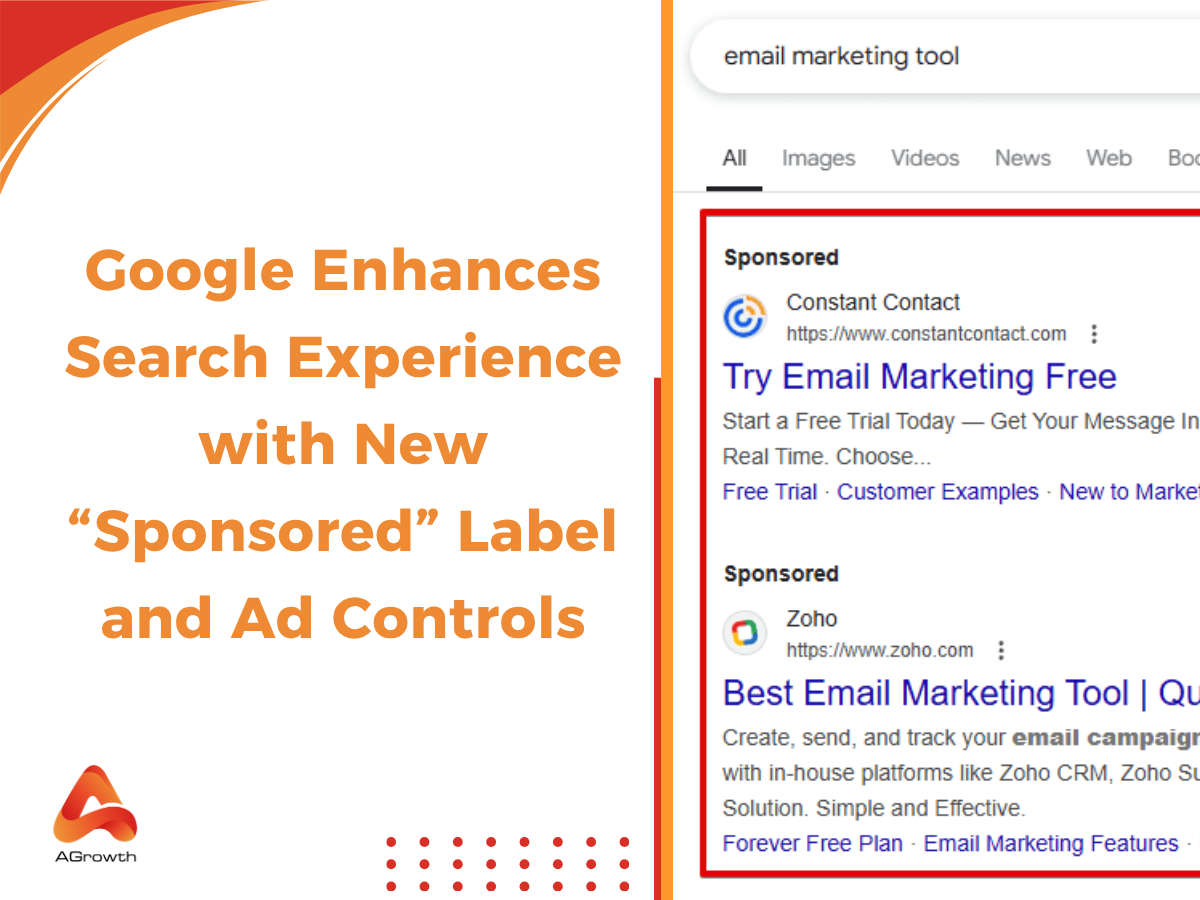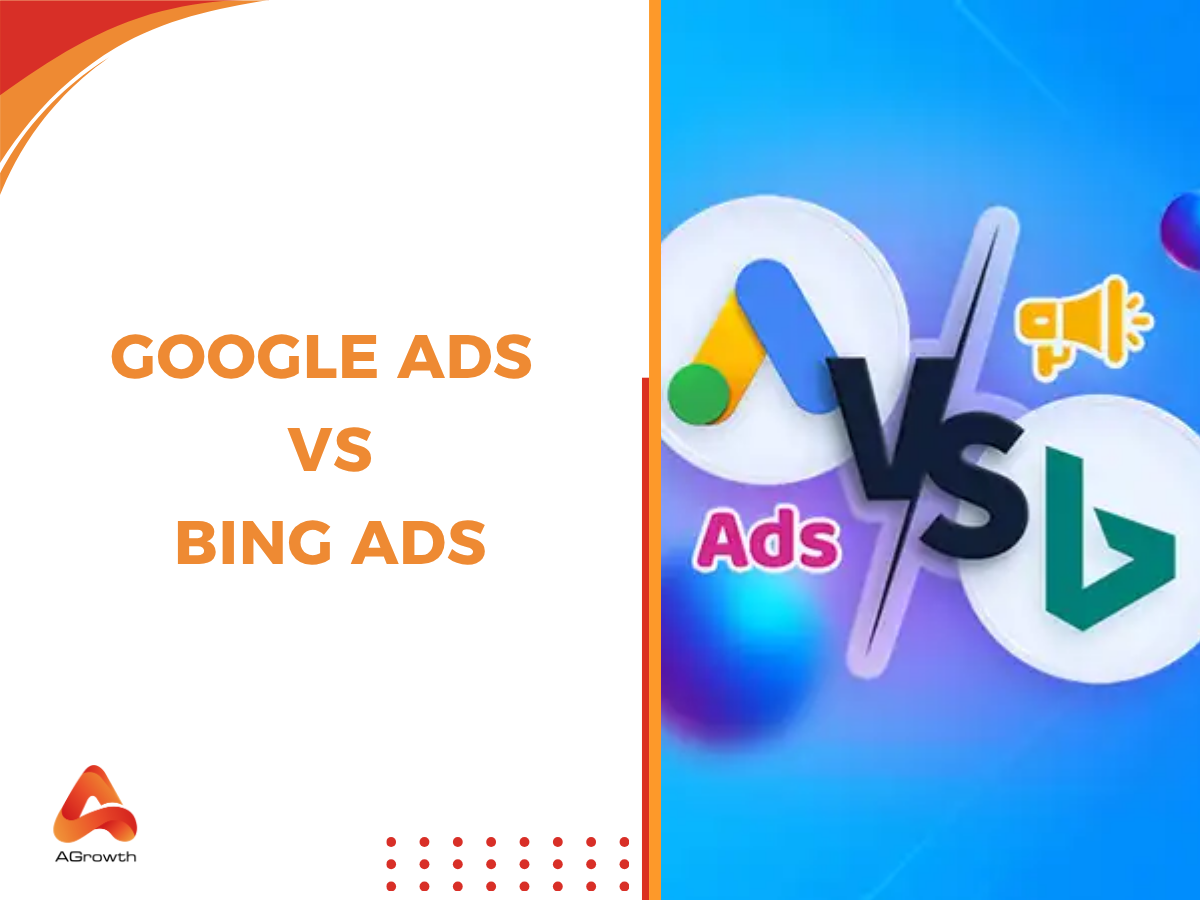
Table of Contents
Mastering Google Ads Copywriting: From Clicks to Conversions
Many element, like ad copywriting, is often underestimated in the success of Google Ads. For marketers who already understand bidding strategies, campaign structures, and tracking, copywriting might sound like a creative add-on. In reality, it is one of the most critical levers for improving click-through rates (CTR), quality scores, and ultimately, conversions. Crafting ad copy that resonates with your audience can be the difference between ads that drain budget and ads that scale profitably.
In this article, we will explore Google Ads copywriting in depth, what it is, why it matters, the official guidelines from Google, common mistakes, best practices, and advanced tools that can give you an edge. Throughout, we’ll connect copywriting strategy with broader optimization tactics so you can refine your campaigns holistically.
What is Google Ads Copywriting?
Google Ads copywriting is the process of creating text-based advertisements specifically designed for Google’s advertising ecosystem, including Search, Display, and Video formats. Unlike long-form content marketing or brand storytelling, ad copywriting must communicate value concisely, usually within a 30-character headline or a 90-character description limit.
As Google itself explains, "Your ads are the connection between what people are searching for and the products or services you offer". That means effective copywriting is about aligning intent with messaging. The closer your ad matches user intent, the higher your ad relevance, CTR, and Ad Rank.
While most marketers focus heavily on keyword targeting and bidding, ad copy is what persuades the searcher to click. Without compelling ad text, even the best-structured campaigns may underperform.
Why Google Ads Copywriting Matters for CTR & Conversions
Strong copywriting doesn’t just make your ad look polished; it directly impacts performance metrics and ROI.
Influence on Click-Through Rate (CTR)
CTR is one of the most immediate signals of ad quality. Ads that highlight unique benefits, address pain points, or use urgency often earn significantly higher CTRs than generic ads. A higher CTR improves your Quality Score, lowering CPCs and boosting ad placement.
Impact on Conversion Rates
Getting clicks is only half the battle. The right ad copy qualifies the audience by setting clear expectations before they land on your page. For example, mentioning price or specific features helps filter out unqualified clicks. This improves conversion rates and prevents wasted ad spend.
Competitive Differentiation
Most advertisers use similar keywords and compete in the same auctions. Copywriting is where differentiation happens. The right message can pull prospects away from competitors by making your offer stand out.
If you want to dive deeper into crafting magnetic headlines, check out our dedicated guide on Google Ads Headlines.

Google Ads Copywriting Guidelines
To succeed, you must play by the rules. Google has a comprehensive set of editorial and professional standards designed to ensure a safe and positive experience for users. Adhering to these guidelines is non-negotiable, as violations can lead to ad disapprovals or even account suspension.
For a complete overview of the official rules, see the detailed Google Ads Editorial Guidelines.
Character Limits
-
Headlines: Up to 30 characters each (multiple headlines allowed in Responsive Search Ads).
-
Descriptions: Up to 90 characters each.
Clarity & Relevance
This is perhaps the most important principle. Your ad must accurately represent what you are offering.
-
Misleading Information: The ad copy must not deceive users. If you advertise a 50% discount, that discount must be easily accessible on the landing page.
-
Relevance: As Google states, "Information should be useful and easy to interact with." The content of your ad, keywords, and landing page must all be closely related. A user clicking on an ad for "leather running shoes" should not land on a page for "canvas sandals."
-
Unclear Business Model: You must be transparent about your business. For example, if you charge for a service, that must be clear.
By internalizing these guidelines, you not only avoid penalties but also build trust with your audience, which is the foundation of any successful marketing effort.
Prohibited Content and Practices
Certain types of content and business practices are strictly forbidden on the platform to protect users.
-
Counterfeit Goods: Selling or promoting knock-offs is a serious violation.
-
Dangerous Products or Services: This includes weapons, explosives, recreational drugs, and tobacco products.
-
Enabling Dishonest Behavior: Ads for hacking services, fake documents, or academic cheating services are banned.
You can explore the full list of restricted items under Google Ads Restricted Content to avoid common violations.
Common Mistakes in Google Ads Copywriting
Even experienced advertisers can fall into common traps that dilute the effectiveness of their ad copy. Recognizing these pitfalls is the first step toward crafting more powerful and persuasive ads. A small misstep in your messaging can lead to wasted ad spend and missed opportunities.
Avoiding these errors will instantly elevate your copy and improve your campaign performance.
Vague and Generic Messaging
One of the most frequent mistakes is writing copy that could apply to any competitor. Phrases like "We Sell Quality Products" or "Your Trusted Partner" are meaningless without specifics. Users are looking for concrete solutions, not empty platitudes.
-
Instead of: "High-Quality Software"
-
Try: "Software with 99.9% Uptime Guarantee"
Focusing on Features, Not Benefits
Your customers don't buy features; they buy the outcomes those features provide. A common error is listing technical specifications without translating them into tangible benefits for the user.
-
Feature-focused: "Our CRM has 256-bit encryption."
-
Benefit-focused: "Keep Your Customer Data 100% Secure."
Lack of a Strong Call-to-Action (CTA)
You must tell the user exactly what you want them to do next. A weak or missing CTA leaves them guessing and reduces the likelihood of a click. Vague CTAs like "Learn More" can often be improved.
-
Weak CTA: "Find Out More"
-
Strong CTA: "Get Your Free Quote Now" or "Shop the Sale Today"
For a deeper dive into crafting compelling CTAs, consider exploring best practices for a Google Ads CTA.
Mismatch Between Ad Copy and Landing Page
This is a critical error that creates a jarring user experience and kills conversion rates. The promise made in your ad must be fulfilled immediately on the landing page. If your ad mentions a "24-hour flash sale," that sale should be the first thing a user sees on the page.
Ignoring Mobile Users
A significant portion of searches happens on mobile devices. Ad copy that isn't optimized for smaller screens can be cut off or difficult to read. Use shorter sentences and ensure your most important message is front-loaded in headlines and descriptions.
AGROWTH - GOOGLE AGENCY ACCOUNT
⭐ Managed campaigns with expert guidance
⭐ Flexible invoice-based billings, custom top-ups
⭐ High resistance to suspension via agency tier
⭐ Quick fund transfer to new account if needed
⭐ Priority support via Google Partner channel
⭐ Lower fees from 3-5%
⭐ Eligible for bonus credit up to $384
Best Practices for Writing Google Ads Copy
Now, let's move from what to avoid to what you should actively be doing. Implementing these best practices will help you create ad copy that is not only compliant and error-free but also highly effective at driving clicks and conversions.
This is where strategy and creativity converge to produce ads that resonate with your target audience.
Mirror the User's End Goal
Your ad copy should feel like an answer to the user's search query. Use the language they use and speak directly to the intent behind their search. If someone searches for "emergency plumber near me," your headline should reflect that urgency.
-
Search Query: "compare business accounting software"
-
Ad Headline: "Compare Top Accounting Software. Free Trials."
Incorporate Numbers and Statistics
Numbers are specific and eye-catching. They can convey value, urgency, or social proof quickly and effectively.
-
"Join Over 50,000 Happy Customers"
-
"Save 40% on Your First Order"
-
"Get Results in as Little as 7 Days"
Use Psychological Triggers
Leverage principles of persuasion to make your copy more compelling.
-
Urgency/Scarcity: "Offer Ends Friday" or "Only 3 Left in Stock"
-
Social Proof: "As Seen In Forbes" or "Customer Favorite"
-
Curiosity: "The #1 Mistake Homeowners Make..."

Highlight Your Unique Selling Proposition (USP)
What makes you different from the competition? Is it free shipping, a lifetime warranty, 24/7 support, or being the original creator of a product? Make your USP a central part of your messaging.
-
"The Only CRM with Built-in AI Forecasting"
-
"Handmade Leather Bags. Lifetime Guarantee."
Optimize Your Headlines
Headlines are the most critical component of your ad. They determine whether a user will even bother to read your description. It's essential to test different approaches and understand what makes a Google Ads headline truly effective. Pin your most important message, like your brand name or a key offer, to Headline 1 to ensure it always shows.

Craft a Compelling Description
The description is your opportunity to elaborate on the promise made in the headline. Reinforce the benefits, address potential objections, and guide the user toward the click. A well-written Google Ads description provides the necessary detail to convert interest into action.
Leverage Ad Extensions
Ad extensions are your best friend. They allow you to include more information and take up more valuable screen real estate, which can significantly improve your CTR. Use sitelinks, callouts, structured snippets, and price extensions to provide additional value and context.
A/B Test Everything
Never assume you know what will work best. Continuously test different headlines, descriptions, CTAs, and USPs. Create multiple versions of your ads within an ad group and let the data tell you which message resonates most with your audience.
Conclusion
For advertisers who already understand targeting and bidding mechanics, copywriting is the multiplier that unlocks greater efficiency. Well-crafted ad copy enhances CTR, filters quality traffic, and increases conversions—all while improving Quality Scores and lowering CPCs. Avoiding common mistakes, following Google’s guidelines, and applying best practices will set your campaigns apart in competitive auctions.
If you’re scaling aggressively, remember that copywriting is only one piece of the puzzle. You’ll also need a reliable account infrastructure. At AGrowth, we provide access to Google Ads agency accounts with higher trust levels and fewer restrictions, helping you scale campaigns with confidence.
Related post:









Your comment